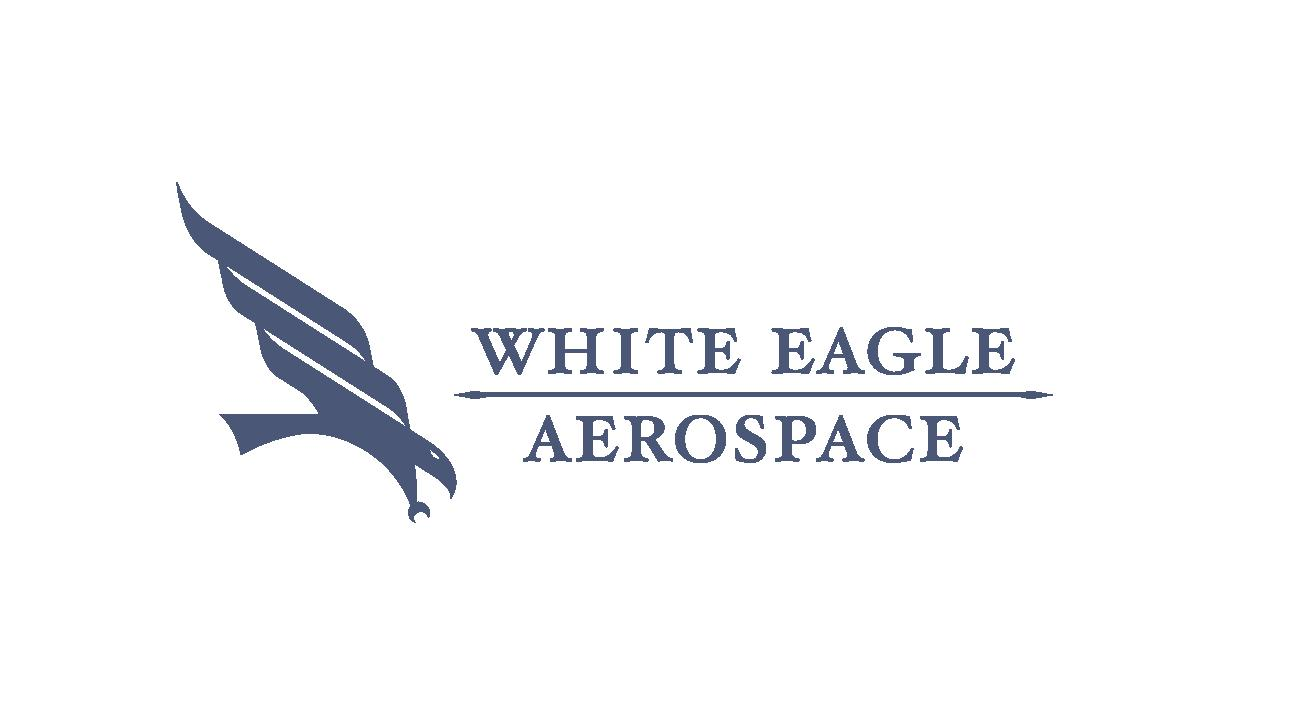
America’s New Shield Just Got Funded — And the Aerospace Industry Is About to Take Off 🚀
✅ Major Defense Funding Secured
In a decisive move to strengthen U.S. homeland security, Congress has approved full funding for the new “Golden Dome” missile defense system as part of the recently passed tax bill.
This ambitious project marks a historic investment in layered, next-gen missile defense, drawing on advanced technologies to counter today’s most complex airborne threats.
For aerospace professionals and defense contractors, this moment opens the door to huge opportunity—and at White Eagle Aerospace, we’re ready to meet it.
🌀 What Is the Golden Dome?
Think Iron Dome meets American innovation.
The Golden Dome is a comprehensive, multi-layered missile shield designed to:
- 🛰️ Track and intercept hypersonic glide vehicles
- 🚀 Neutralize ICBMs, cruise missiles, and loitering munitions
- 🧠 Utilize real-time AI threat detection and radar integration
- 🌎 Protect the entire continental U.S.
Unlike legacy systems, Golden Dome will leverage space-based tracking, autonomous defense logic, and high-speed kill vehicles to create an impenetrable shield in today’s threat environment.
🎯 Why It Matters: A Surge of Opportunity for Aerospace Pros
This isn’t just a government program — it’s a launchpad for thousands of technical careers and contracts. The system’s complexity demands elite engineering in every discipline, including:
🛩️ Flight Mechanics & Guidance Systems
🔥 Hypersonic Thermal Analysis & Reentry Modeling
📡 Sensor Fusion & EW Countermeasures
🚀 Advanced Propulsion and Rocket Design
🧪 System Testing, Validation & Simulation
Golden Dome will require top minds and fast action — and that’s exactly what we support.
📚 Where We Fit In: White Eagle Aerospace Is Mission-Ready
At White Eagle Aerospace, we specialize in preparing engineers for high-stakes defense projects. We’ve trained professionals for DARPA, MDA, the U.S. Navy, and prime contractors like Lockheed Martin, Raytheon, and Northrop Grumman.
Here’s how we’re aligned with Golden Dome right now:
✅ Missile Aerodynamics & Intercept Mechanics Courses
✅ Flight Test Engineering & Propulsion System Training
✅ Technical Consulting & Mission Readiness Workshops
✅ Career Mentorship for Aerospace Professionals
Whether you’re upskilling your team or preparing for program onboarding, we’re the trusted partner behind tomorrow’s defense leaders.
📡 Watch This Space — Big Things Are Coming
The Golden Dome will roll out fast — and we’re keeping a close eye on:
🔸 Milestone releases
🔸 Subcontracting opportunities
🔸 Key contractor partnerships
🔸 Engineering skill demands
This is the beginning of a new defense era, and we’re helping shape it.
🚀 Let’s Build the Future of Missile Defense — Together
If you’re ready to support the Golden Dome or want your engineering team prepared for what’s next in missile defense…
👉 Explore our programs at WhiteEagleAerospace.com
👉 Or contact us directly to discuss training, consulting, or partnerships.
🦅 White Eagle Aerospace — Elevating engineers to meet America’s boldest aerospace challenges.

I recently came across this thought-provoking excerpt while conducting final research for our soon to be released Aerospace Lessons-Learned course. These are sobering words, yet extremely accurate. As aerospace professionals, striving for advances in a field fraught with the unknown, we will encounter failure. Without a doubt, we will fail. However, we can minimize the frequency of those failures and thus maximize our rate of success by learning from the past.
You will fail. It is important to understand this certainty. As an aerospace engineer, you will be building vehicles that fly under conditions never before encountered. You will, despite all the analysis and efforts put into the projects, still be voyaging into the unknown. You do not know what you will find. In ancient times, much of the world was a blank. Mapmakers would mark these unknown places with the words “Here There Be Dragons.” Despite all the advances in the first century of heavier-than-air flight, you need to understand that the dragons are still out there. You will fail.
That you will fail is certain. The causes of the failure you will experience, however, may be entirely unknown, and will range from the overarching to the mundane. A failure may come because, with existing knowledge and technology, the goal was unattainable. It may occur due to changing social factors, national needs, and aerospace policies. The failure may come as a result of a grave mismatch between budget and tasks at hand, or a lack of necessary political commitment. The failure may occur because an assumption was made that should have been challenged, because a modification was made that was better left undone or a question went unasked, or some flaw went undetected. And, perhaps worst of all, the failure may occur for reasons you will never truly understand.
While you are being trained in the skills needed to successfully build an aerospace vehicle, you may be less well prepared for events that can occur in the wake of a failure. On the personal level, you will have to deal with the emotional impact of having spent years working on a project, having missed evenings, weekends, and holidays with family and friends, of having overcome an endless series of problems and setbacks, only to see it all fail within a matter of seemingly random and dispassionate seconds.
This wrenching but instructive experience will then be followed by a mishap investigation, which may continue for months. During this time, the project is no longer under the control of project personnel. The investigators are the ones running things. You and the other project personnel have little input into what is done in the course of the effort. You may also face uncertainty over the project’s future in the wake of the failure. As with the immediate aftermath, this will take a toll on you and other project personnel.
The question is not if you will fail. Instead, the question is how you will deal with that failure, and how you will overcome it.
Excerpt above is from Road to Mach 10: Lessons Learned from the X-43a Flight Research Program written by Curtis Peebles, aerospace historian for the Smithsonian Institute.

We take pause this week from our regular aerospace retrospective and consider a topic of a different nature. Such a change-of-pace seems quite natural as summer wanes and legions of new and returning education seekers troop through the portals of our country’s universities. However, rather than focus on the matriculating crowd, we will set our sights on those who have completed their formal education and are now members of the American aerospace workforce.
Education does not end with the granting of a diploma or even a collection of diplomas. This is especially the case in today’s aerospace industry which encompasses so many disciplines and technical specialties. And the list grows as new technology emerges. For the successful aerospace engineer, learning and gaining technical knowledge is truly a daunting career-long process.
The majority of one’s technical skills, critical knowledge, and lessons-learned are acquired on the job. However, professional short courses also serve a vital role in one’s career development. A well designed and capably taught aerospace professional short course provides the engineer with critical specialty knowledge and disciplinary technical context in a very short amount of time. And it does so at low cost.
Aerospace professional short courses are most typically taught by subject matter experts (SME’s) who have successfully plied their trade over a career that often spans decades. These SME’s know their specialty area intimately by virtue of this vast experience. Further, they are often passionate about and notable contributors to their technical discipline.
Somewhat fortuitously, the majority of SME’s who teach aerospace professional short courses are often very good technical instructors. They understand what the learner needs to know and how to convey that knowledge. A capable aerospace professional short course instructor also has an uncanny ability to inspire his or her audience to learn and grow. That kind of instruction is infectious and makes it a true pleasure to learn.
While there is certainly more to say concerning the merits of the aerospace professional short course, it seems appropriate to end this session with the following observation. Among the most valuable aspects of the aerospace professional short course are (1) the review and understanding of key aerospace historical events and (2) the transmittal of hard-won engineering lessons-learned.
In the fast-paced, competitive, high-stakes and cost-conscious aerospace market of the 21st century, the victory will most often go to those who learn from and clearly remember the experiences of the past.




